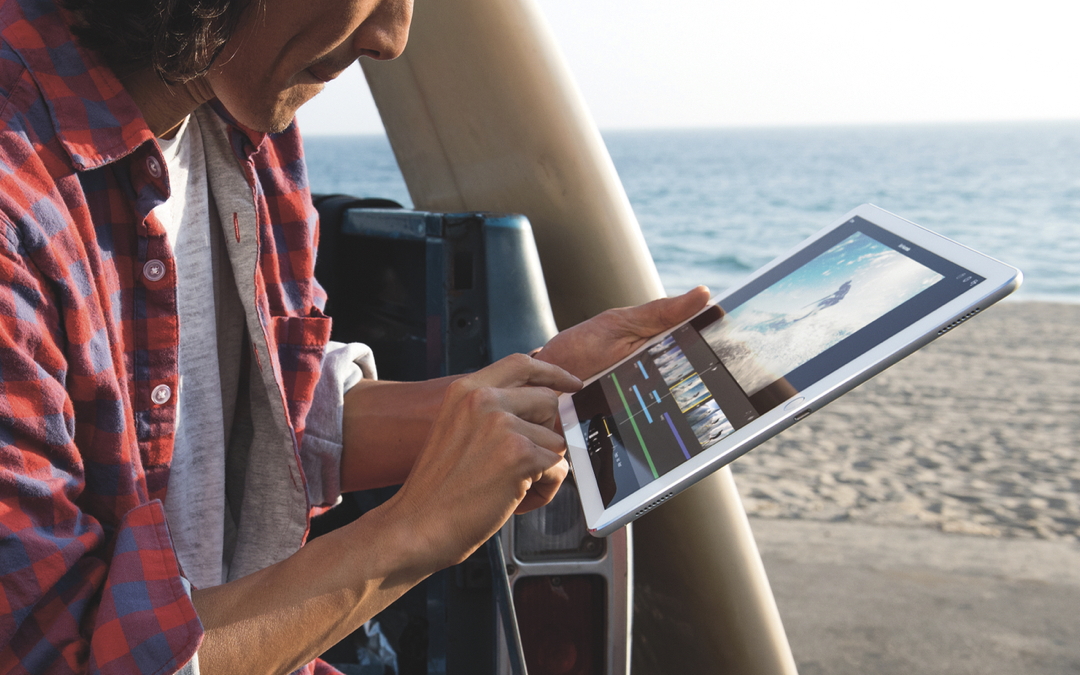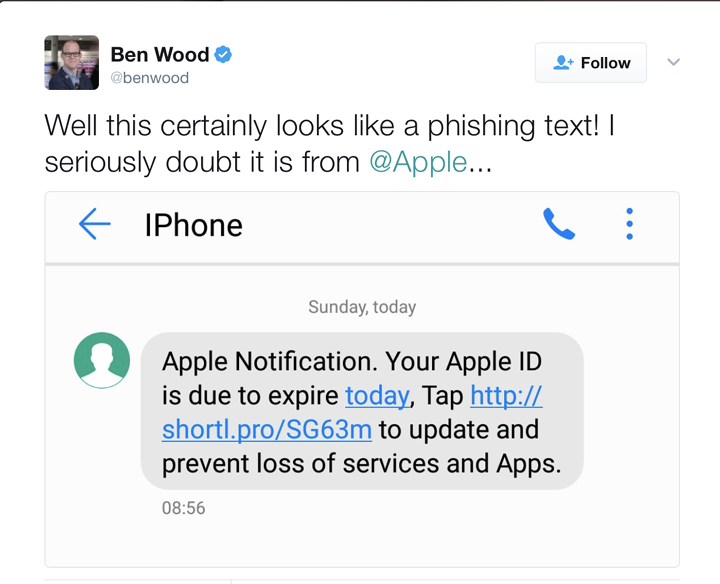Cassandra: Monday Review - A Healthy Future for the Internet of Things

eXtensions - Monday 20 March 2017
|
Cassandra: Monday Review - A Healthy Future for the Internet of Things |
 |
|
|
By Graham K. Rogers
Qardio (left) and Withings blood pressure monitors
In a 2011 report, CISCO estimated that there could be 50 billion IoT devices by 2020. A comment in the Economist recently, points out when quantum technology was first used, no one had any idea of the potential. Reacting to this in a Tweet, M. G. Siegler noted that the same was true of the transistor.
I tracked down the original article cited by Patently Apple and, while this is a fairly long read, it has some valuable ideas. Christina Farr examines the ways the iPad is currently being used in hospitals and by doctors, noting that a new iPad is on the way (this is rumour, but fairly substantial). The article uses practical examples of patient use and interviews with medical professionals who are examining ways to integrate the iPad in patient care.

Using the iPad (Image courtesy of Apple)
As in teaching, the medical profession is resistant to some changes, which needs some thinking about, but historically this has often been so. A good example is the stomach ulcer that was thought to be a dietary problem. When it was found that the cause was a bacterium (helicobacter pylori), there was initially an almost total refusal to accept this. Part of the acceptance came when one of the researchers who made the discovery, drank the bacteria and became ill, but was cured by taking antibiotics, now the accepted way to treat this condition. They also won the Nobel Prize (medicine) for that.
I followed that up with the Withings blood-pressure monitor and now the QardioArm smart blood pressure monitor which was designed to work with Apple's HealthKit. Its official price is $99 but with shipping and other costs that came to just over 5,000 baht when I bought it from Amazon. Apart from air monitors and health-related camera systems, as well as the Withings scales ($99.95) there is little that is HealthKit-related here. The same is true of HomeKit devices with only one (the new Withings camera monitor) available here. Thai prices are often much higher than those quoted for products in the USA. Other devices are internet- or Bluetooth-capable, but none have the HomeKit chip that might give the user the necessary security. I did buy a couple of plugs that are internet-capable (not one HomeKit plug works with 220v systems) but these are not secure and I am having problems setting them up: a work in progress.
User Benwood showed a Tweet he had been sent with the comment, "Well this certainly looks like a phishing text! I seriously doubt it is from @Apple..." One of the replies to the original message was highly ironic: "Seems legit" which was followed by "And that silhouette is professional AF." As Charles Arthur also correctly commented, "Apple IDs don't expire. Tell your non-technical friends to ignore (and block) texts like this."

The article suggests that this is a priority at Cupertino with the suggestion being that something will be available on the next iPhone. This is also the theme of a Patently Apple article, which mentions some of the filings that have been made in this area. And the growing excitement over the next iPhone has been caught by Wall Street Neil Hughes reports for AppleInsider, with analyst Timothy Arcuri of Cowen, referring to this as a "powder keg" that will push Apple shares to $155. And then? . . .
Graham K. Rogers teaches at the Faculty of Engineering, Mahidol University in Thailand. He wrote in the Bangkok Post, Database supplement on IT subjects. For the last seven years of Database he wrote a column on Apple and Macs. He is now continuing that in the Bangkok Post supplement, Life. He can be followed on Twitter (@extensions_th) |
|

For further information, e-mail to
Back to
eXtensions
Back to
Home Page